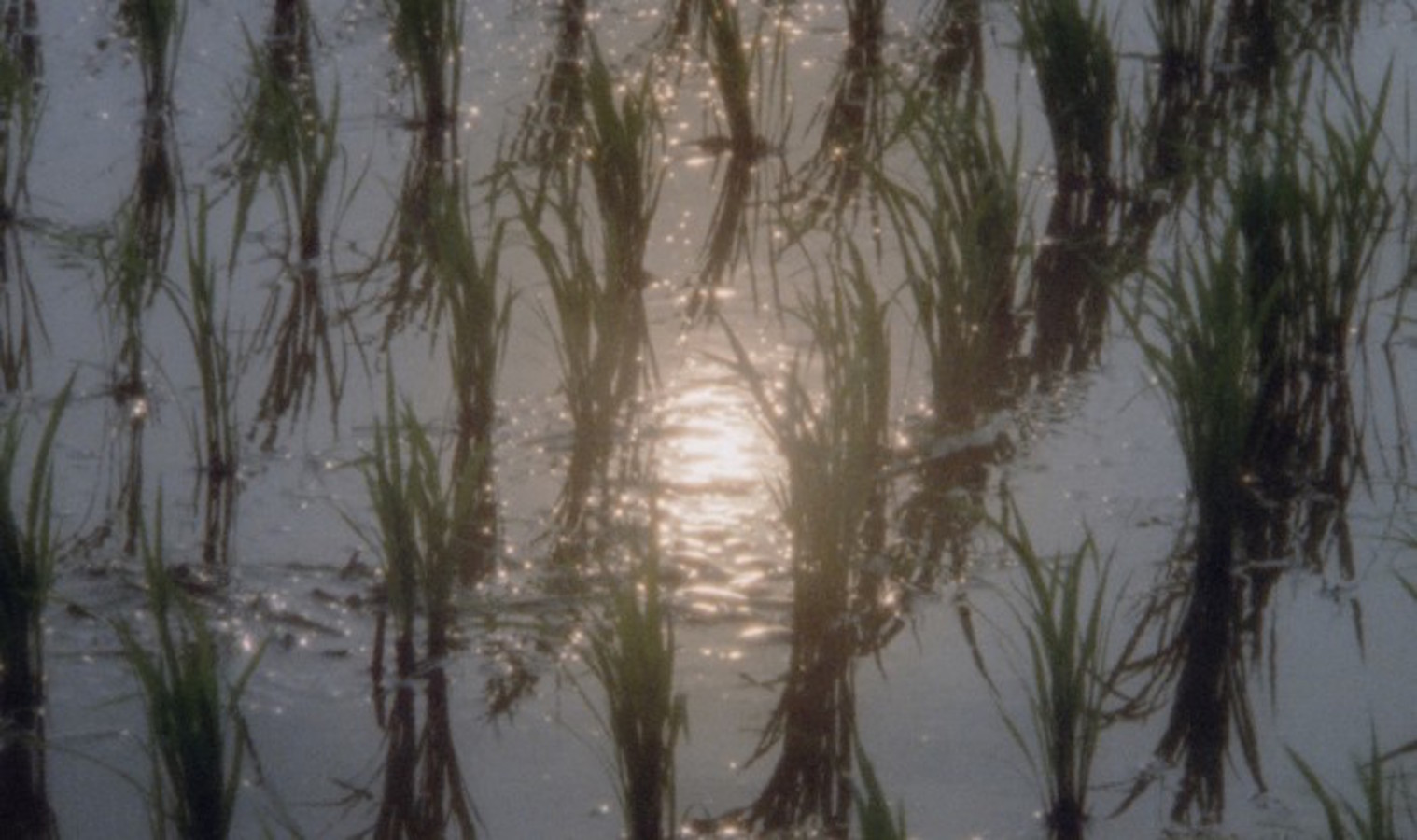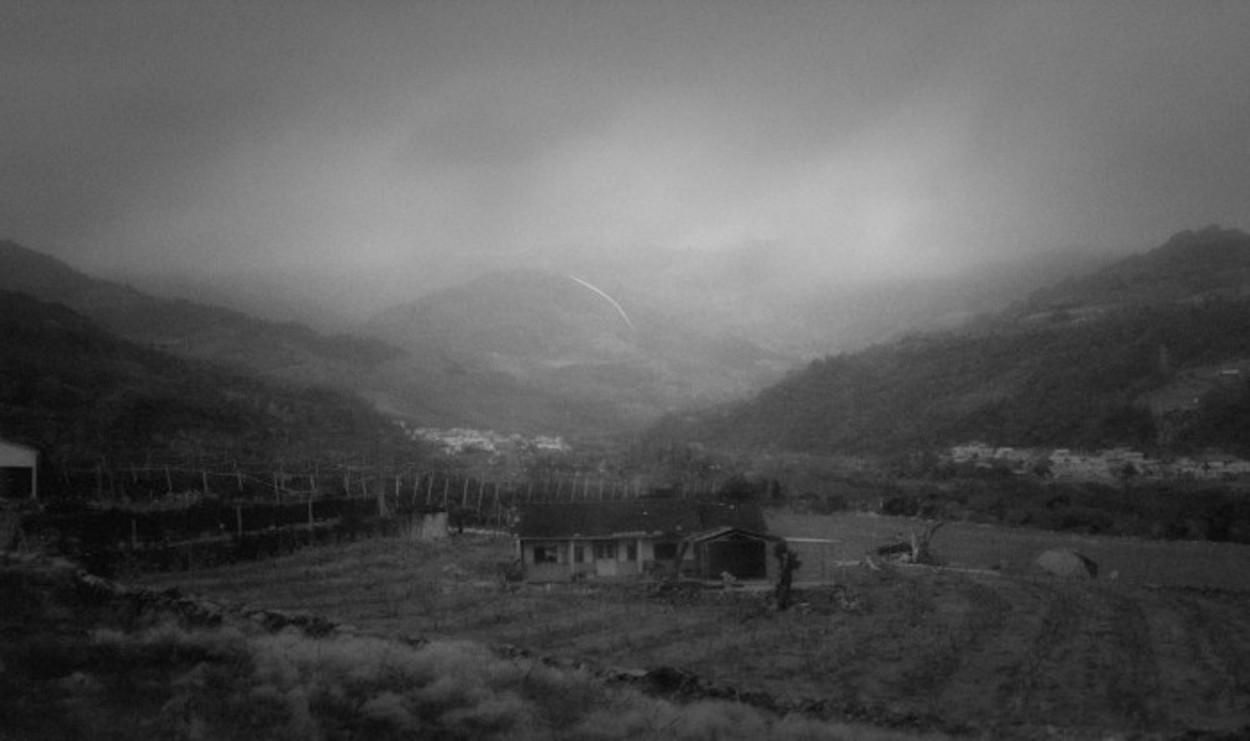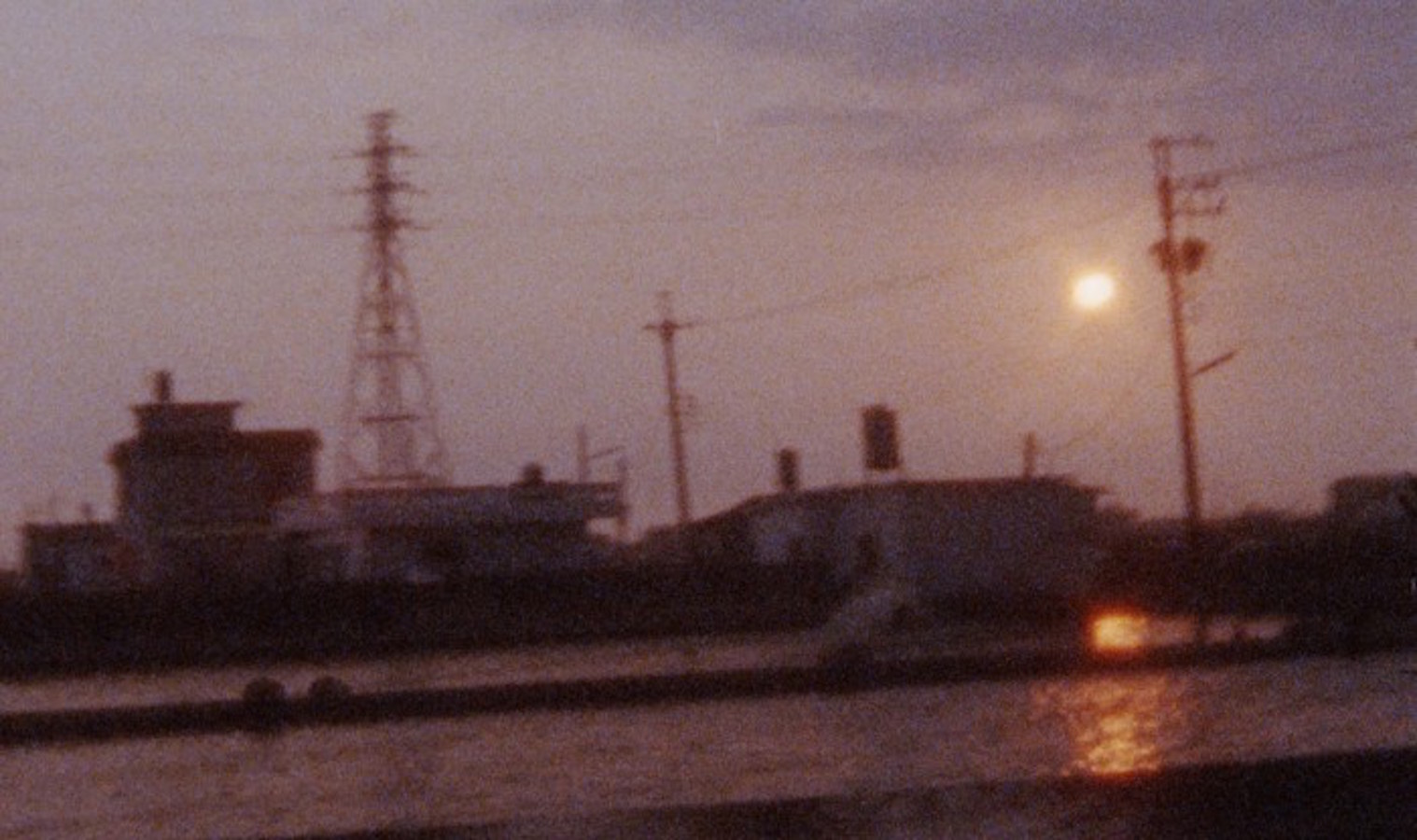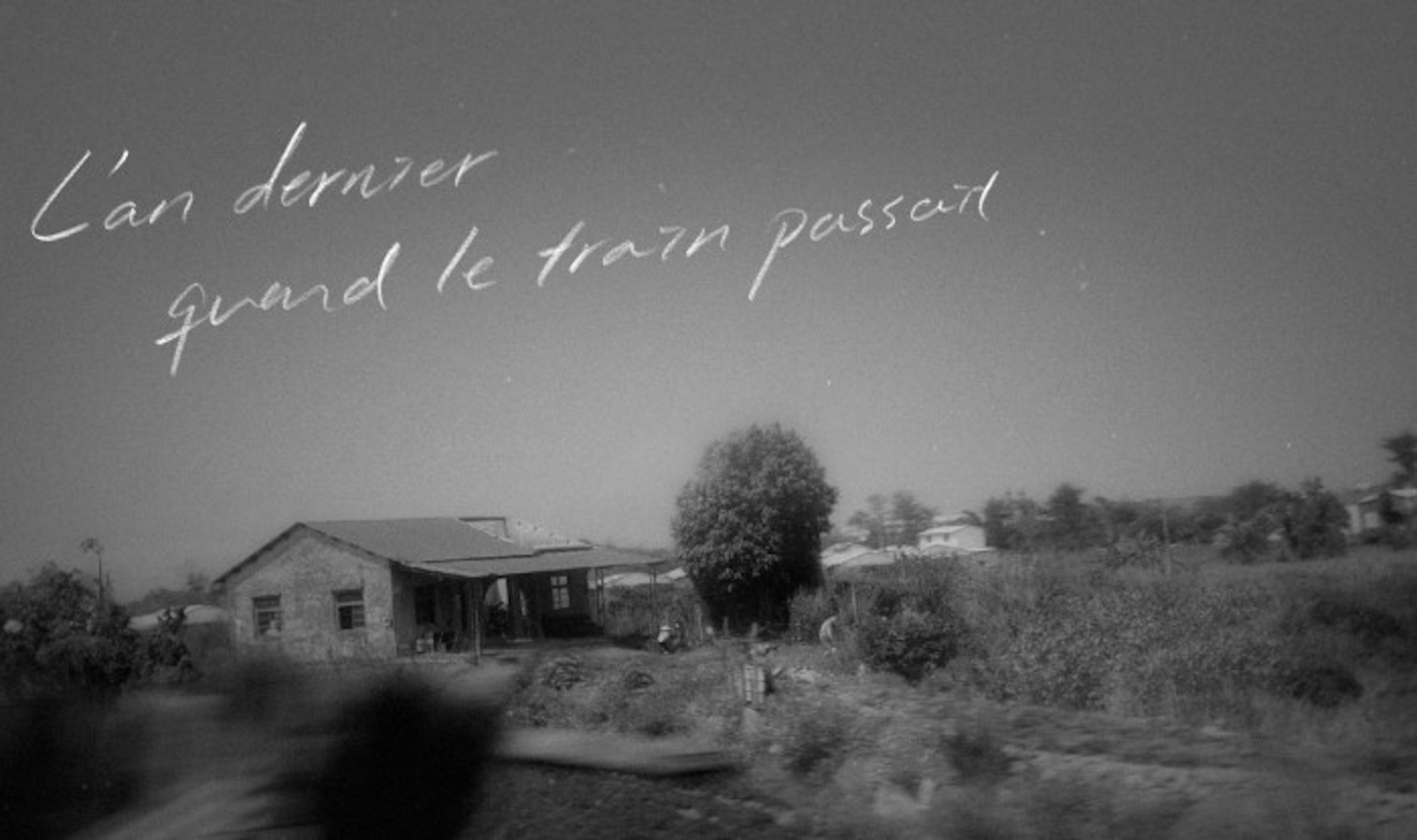by Brian Hioe
語言:
English
Photo Credit: Film Still
IN THE DIRECTOR’S own words, Last Year When the Train Passed By (去年火車經過的時候) cannot be easily classified as a documentary or art film.
According to director Huang Pang-chuan (黃邦銓), the motivation for shooting the short film began with a whim—he took a photo while passing by a town on train one day and later began to wonder about the inhabitants of the houses that he had photographed. This is what led Huang to seek out the inhabitants of the house one year later, to interview them about what they were doing the day that Huang photographed their houses in passing. Huang subsequently combined the audio of their interviews with still images and footage of the local area. In one part of the film, a ghostly 3D model of a house appears.

Film Still
Huang’s interview subjects are primarily elderly farmers, all men. As Huang stated in comments after a screening, of the houses that he randomly photographed, most happened to be inhabited by men. Though he interviewed 35 individuals, interviews with three different individuals came to constitute the body of the film. Though some have children that live with them, most seem to be living out their twilight days in relative solitude—the train bisects their existence, running through the center of their houses, and not only serving as a link to the outside world, but serving to remind of the daily passage of time as indicated by the passage of the train and the changing of the seasons.
In this sense, Last Year When the Train Passed proves to be a reflection on time, memory, and history among the elderly. From capturing a moment of relatively recent history—a photograph taken a year ago—Huang delves into the longer history of the area and of the social conditions of farmers living in rural areas. This is done in a highly stylized manner, however, rather than cinematic realism or aiming for a “fly-on-the-wall” approach. A single moment—that of the photograph—unfolds into the life spans of several different individuals, a community, and, more broadly, the span of Taiwanese history.

Film Still
Huang’s approach to the film is well-thought out—apparently, the interviews were arranged so that they reflected the setting of the sun. In comments after the screening I attended, Huang stated that he believed this reflected the nature of film in itself, something that was always chasing after the sun. The date on which Huang took the photographs that inspired the film is also the day signifying the start of work on the traditional agricultural calendar, something of significance to the farming community depicted in the film.
For Huang, whose previous film also used trains as a framing device, this motif returns to the origin of film, seeing as the first film ever produced was the 1895 Arrival of a Train. Huang was also interested in how film rolls resemble train tracks, as a form of linear progression. Moreover, film originates from photography, much as how the inspiration for the film began with a series of photographs that eventually led to a film being produced.
A number of experimental Taiwanese documentary in recent years blend the traditional documentary form with art film. Oftentimes, these are films concerned with Taiwanese history. Prominent examples include 2016 film Le Moulin, which won the Golden Horse Award for Best Documentary that year.

Film Still
It has also been a particularly strong trend in Taiwanese video art in past years to incorporate elements of oral history. This is likely reflective of identity concerns in Taiwan at present, with Taiwan having experienced a number of historic upheavals in the past century and the elderly witnesses of that history having few years left to them.
The two trends converge in Last Year When the Train Passed By, as a representation of both contemporary and past history. In this sense, Last Year When the Train Passed By is a work that not only points to the intersection of the past and present, but how the present is always in the process of becoming the past—and how film is a medium in which form coheres to content in the documentation of history in the process of disappearance. While the film ends without any clear answers, it succeeds ably in taking viewers into an ephemeral, dissolving moment that gestures toward the broad span of historical memory.



